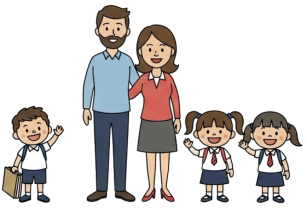
Question More, Action Knowledge.
Remember, at QMAK, we don’t just teach; we empower. We don’t just inform; we inspire. We don’t just question; we act. Become a Gold Member, and let’s unlock your child’s full potential, one question at a time.

Developing historical consciousness provides children with the context to understand their own place in time and cultural heritage, helping them recognize both their connection to and distinctiveness from those who came before.
Research indicates that encouraging visits to museums or historical sites and discussing how people lived in the past can help children understand their own life and identity in the context of a historical past, developing a sense of belonging to the wider collective identity while also recognizing individuality (Dunn & Wyver, 2019).
For children 7 years old and up, historical consciousness is about more than memorizing dates or facts—it’s about developing a meaningful sense of connection to the past and understanding how it shapes both our present and future.
When children begin to locate themselves within the ongoing story of human experience, they gain perspective on their own lives and develop a richer sense of personal identity that transcends current social trends or collective thinking.
Purpose: To expose children to different eras and cultures through tangible artifacts and exhibits, fostering an understanding of history and how it connects to their own lives and identity.
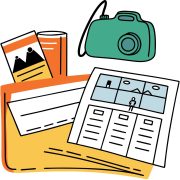
Set the stage for engaged exploration:
Facilitate active learning during the visit:
Guide reflection to deepen historical understanding:
Help children understand different perspectives across time:
Create habits of historical thinking:
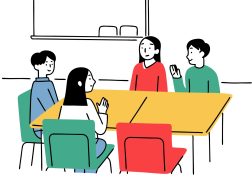
Purpose: To help children understand their personal and familial history, fostering a sense of belonging and continuity while highlighting the uniqueness of their own identity within a family story.
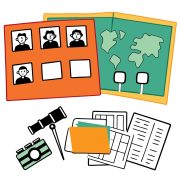
Collect the stories and details that make your family unique:
Design meaningful family history displays:
Help children locate themselves in the family story:
Record narratives that bring family history to life:
Create lasting historical connections:

Purpose: To help children conceptualize the connection between past, present, and future, enhancing their understanding of themselves as historical beings with a unique perspective in time.

Design a project that connects time periods:
Choose objects that capture the present moment:
Incorporate forward-looking elements:
Use the project to develop temporal understanding:
Make the sealing and future opening meaningful:

Purpose: To engage children with diverse historical perspectives through narratives, helping them develop empathy for people across time and understand the evolution of human experience and values.
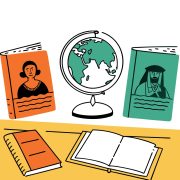
Choose stories that build historical understanding:
Bring historical narratives to life:
Guide meaningful reflection on stories:
Deepen engagement with historical narratives:
Create meaningful links between stories and understanding:

Purpose: To provide immersive experiences of different historical periods through imaginative play, developing empathy for historical experiences and a deeper understanding of how daily life, values, and challenges have changed over time.
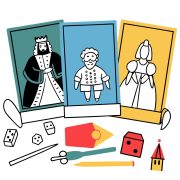
Create meaningful contexts for historical exploration:
Gather props and resources that enhance immersion:
Guide engagement while encouraging autonomy:
Move beyond costumes to meaningful learning:
Connect play experiences to broader understanding:

These historical consciousness activities help children develop:
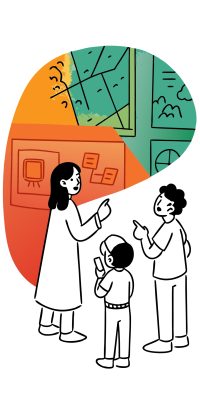
Remember that developing historical consciousness is an ongoing journey. Small, consistent encounters with history matter more than occasional elaborate experiences.
The goal is to help your child develop a rich sense of identity that includes understanding where they fit within the broader human story—a perspective that helps them think beyond current collective assumptions.
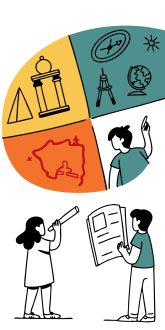
Building historical consciousness helps children develop a more individualized perspective as they learn to see beyond current collective thinking to understand how ideas, values, and practices have evolved over time—and continue to evolve through their own contributions.

Remember, at QMAK, we don’t just teach; we empower. We don’t just inform; we inspire. We don’t just question; we act. Become a Gold Member, and let’s unlock your child’s full potential, one question at a time.